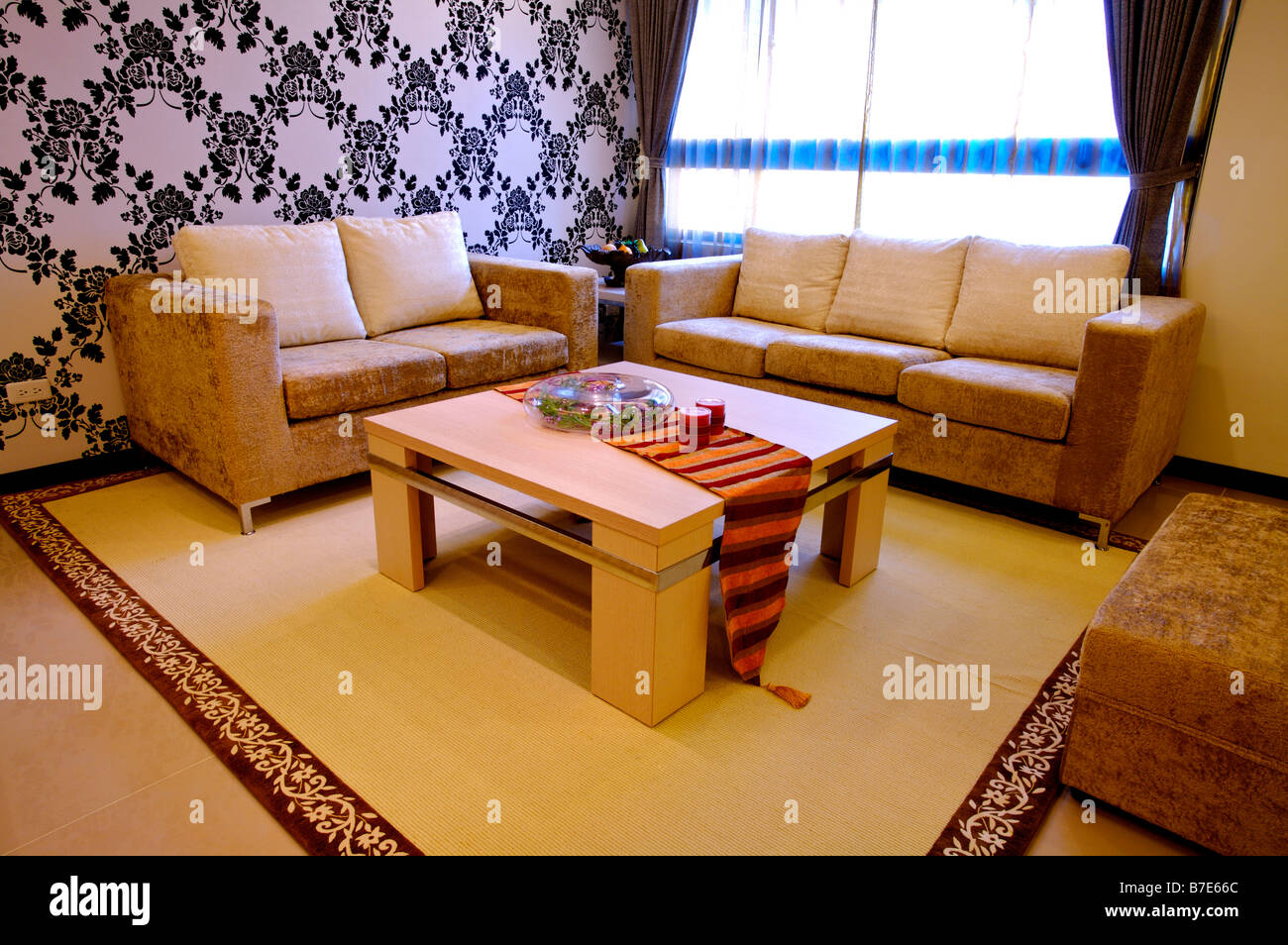Chic Living: Embracing Modern Furnishings for Contemporary Spaces
In today’s fast-paced world, our homes have evolved into a sanctuary where style meets functionality. The rise of modern furnishings has transformed our living spaces into reflections of our personal taste while maximizing comfort and efficiency. Embracing contemporary designs not only revitalizes interiors but also fosters an ambiance that resonates with the dynamics of modern life.
Modern furnishings prioritize clean lines, innovative materials, and minimalist aesthetics, which contribute to a sleek and organized environment. From the bold statement pieces that draw attention to the subtle accents that enhance the overall design, every element plays a pivotal role in creating a harmonious space. As we delve into the world of modern furnishings and interiors, we uncover how these elements can come together to craft a chic living experience that is both stylish and inviting.
Essentials of Modern Furniture
To truly embrace modern furnishings, it's essential to understand their defining characteristics. Modern furniture often prioritizes clean lines, minimalistic designs, and a functional approach. This creates an atmosphere that feels open and uncluttered, making spaces appear larger and more inviting. The use of neutral colors and natural materials further enhances the aesthetic, allowing for a seamless integration into contemporary interiors.
The functionality of modern furniture goes beyond mere aesthetics. Pieces are designed with practicality in mind, often incorporating multifunctionality. For instance, a modern coffee table might feature storage options or transform into a dining table, catering to the needs of small living spaces. This thoughtful design is a hallmark of modern furnishings, as they strive to maximize usability without sacrificing style.
Another important aspect of modern furniture is the influence of technology in its production and design. Innovative materials such as molded plastics, tempered glass, and metals are commonly used, providing durability while offering a sleek look. Additionally, advancements in manufacturing techniques allow for more intricate designs that maintain a minimalist approach. Together, these elements help create a cohesive modern interior that reflects a dynamic lifestyle.
Design Principles for Contemporary Interiors
When it comes to modern furnishings and interiors, embracing simplicity is crucial. Clean lines and uncluttered spaces create a sense of calm and sophistication. This minimalistic approach allows each piece of furniture to stand out while enhancing the overall aesthetic of the room. By focusing on a few key elements, such as geometric shapes and neutral color palettes, a contemporary space can feel both airy and inviting.

Balancing functionality and style is another essential principle in modern design. Each piece of furniture should not only be visually appealing but also serve a practical purpose. modern furnitures and interiors -functional furniture, like a sleek coffee table that doubles as storage, exemplifies this idea. Thoughtful layouts that maximize space efficiency while maintaining an elegant appearance help in creating an environment that is both stylish and livable.
Incorporating natural materials is a trend that defines contemporary interiors. Elements such as wood, stone, and metal enhance the modern feel while adding warmth and texture to the space. By using these materials mindfully, you can create a harmonious atmosphere that marries the outdoors with interior living. This connection to nature not only elevates the aesthetic but also promotes a sense of well-being and sustainability in modern home design.
Choosing the Right Color Palette
Selecting the right color palette is essential in creating harmonious modern furnishings and interiors. A well-curated palette can enhance the aesthetic appeal of a space while reflecting personal style. Modern design often leans towards neutral tones such as whites, grays, and beiges that provide a clean backdrop, allowing furniture and decor to stand out. Accents of bold colors are often strategically placed to add energy and character without overwhelming the senses.
In conjunction with neutral bases, incorporating natural hues can bring warmth to contemporary interiors. Earthy tones like terracotta, soft greens, and muted blues can create a calming atmosphere that resonates well with the modern ethos of simplicity and functionality. It is important to consider the mood you want to evoke; cooler colors tend to promote a tranquil environment, while warmer shades can stimulate conversation and activity.
Lastly, layering colors effectively can add depth to your interior design. By using varying shades within the same color family, you can achieve a sophisticated look that feels cohesive. Mixing textures with these colors—such as matte finishes with glossy surfaces—can further elevate the visual interest. In modern furnishings and interiors, the right color palette serves not only as a backdrop but as a critical element that brings the entire space to life.